Abstract 8/2023
Table of content
Rafał Kucharski – Ride-pooling – using mobility platforms to accelerate sustainability transitions
Marcin Rechłowicz – Subsidizing regional passenger rail services in Germany with federal funds on the example of Saxony
Anna Nicińska, Ewa Zawojska – CoMobility – co-creating a new mobility model
Dominik Staśkiewicz, Oliwia Haręża, Urszula Protyńska, Michał Małysz – The concept of sustainable mobility in the functional area of Jelenia Góra
Abstracts
Rafał Kucharski
Ride-pooling – using mobility platforms to accelerate sustainability transitions
Abstract: To fully benefit from two-sided mobility platforms the trips need to be shared in order to reduce, rather than induce, vehicle kilometers travelled. Such ride-pooling systems, where two or more travelers share the same vehicle can potentially contribute to urban transitions and eventually complement public transit.
Here, I review the existing methods and focus on the utility-based approach showing how it can be used to enhance our understanding of system performance. With such approach one can, for instance, estimate the ride-pooling potential based on 1.5 million trips recorded in Manhattan, as illustrated in the article.
Key words: ridesharing, carpooling, mobility platforms
Marcin Rechłowicz
Subsidizing regional passenger rail services in Germany with federal funds on the example of Saxony
Abstract: The article discusses the basic principles of subsidizing regional passenger rail services in Germany with federal funds under the Law on the Regionalization of Local Public Passenger Transportation. Federal authorities provide funds to the federal states due to the transfer to lower-level authorities of responsibility for serving the population with local public passenger transport. The article focuses on federal funds allocated for the implementation of regional passenger rail services, leaving funds allocated for investments, fare subsidies or local public passenger means of transportation other than rail on the sidelines. The amount of funds secured was analyzed, as well as the mechanism for their distribution from the central level through the regional level to the municipal associations that contract with carriers. The distribution of funding at the regional level is discussed using the example of Saxony, which has one of the densest rail networks, while being one of Germany’s poorest regions. Municipal associations operating in Saxony were characterized. Special attention was paid to reporting on the use of funds, which is one of the weakest elements of the entire subsidy system.
Key words: railway transport, passenger transport, regional rail passenger service, subsidy
Anna Nicińska, Ewa Zawojska
CoMobility – co-creating a new mobility model
Abstract: The CoMobility project aims to identify the factors that can encourage people to change their transport behaviour. This will enable the development of tools allowing cities to plan and implement sustainable transport and active mobility solutions. This is a very important issue given that the number of cars per 1,000 inhabitants in Poland is one of the highest in Europe. This has a significant impact on the environment, the health and fitness of the population, as well as on the operating conditions of cities. In an effort to popularise active mobility and reduce the “cult of the car”, we refer to solutions applied in various European and Polish cities.
Key words: sustainable transport, mobility models, active mobility, air quality
Dominik Staśkiewicz, Oliwia Haręża, Urszula Protyńska, Michał Małysz
The concept of sustainable mobility in the functional area of Jelenia Góra
Abstract: Mobility in functional urban areas relies on daily trips between the city-core and its surroundings. The definitely dominant direction of mobility is commuting to the core from neighboring areas related to the place of work, education or the need of services provided in the core. An important challenge of the regional policy is to ensure sustainable mobility in functional areas, allowing for rational management of space while reducing congestion in cities. Planning of sustainable collective transport that serves daily flows related to work or education, as well as servicing tourist traffic are the subject of analyzes made by transport planners. The purpose of the article is to present the author’s concept of sustainable mobility in the functional area of Jelenia Góra. This area is both a space for daily movement to the core from neighboring areas, but also for additional movements of tourists visiting the Sudety Mountains. The functional area of Jelenia Góra was designated based on the delimitation rules described in the article, in accordance with the determination of the area of everyday functional connections between Jelenia Góra and its surroundings. PTV VISUM software was used to create the concept for optimizing macro-scale planning, including the use of traffic charts for timetable management. As a result, it was possible to determine the most important public transport connections using the transport infrastructure existing in the area. The assumptions and ideas presented in this work are intended to draw attention to the most important needs of mobility and the possibility of using analytical tools to plan the most effective system of regional collective transport.
Key words: public transport, functional area, Jelenia Góra, the Sudeten Mountains, passenger rail

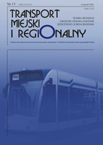 SITK RP
SITK RP 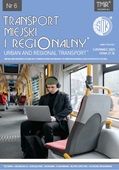 SITK
SITK 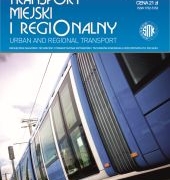 SITK RP
SITK RP 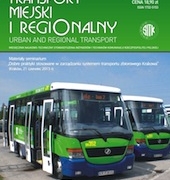 SITK RP
SITK RP 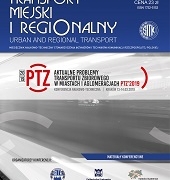
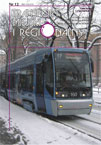 SITK RP
SITK RP 
 SITK
SITK SITK
SITK